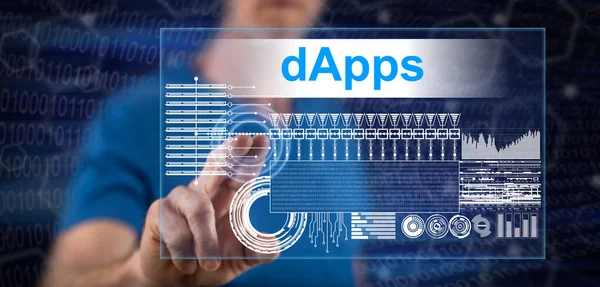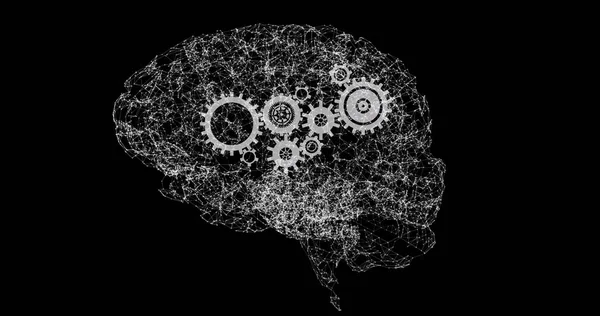Neuro-Symbolic AI: The Next Frontier in Artificial Intelligence
Artificial Intelligence (AI) has made remarkable strides in recent years, with deep learning leading the charge in areas like natural language processing, computer vision, and autonomous systems. However, despite its success, deep learning has limitations—especially when it comes to reasoning, interpretability, and generalizing beyond vast datasets. Enter Neuro-Symbolic AI, a hybrid approach that merges the strengths of deep learning and symbolic reasoning to create more powerful and explainable AI systems.
In this blog, we will explore what Neuro-Symbolic AI is, how it enhances traditional AI models, and its potential applications in various industries.
What is Neuro-Symbolic AI?
Neuro-Symbolic AI combines two distinct AI paradigms:
- Neural Networks (Deep Learning): These models excel at pattern recognition and learning from vast amounts of data but struggle with logical reasoning and explainability.
- Symbolic AI (Rule-Based Reasoning): This approach relies on logic and predefined rules to process information and make decisions but lacks the ability to learn and adapt like neural networks.
By integrating neural networks with symbolic reasoning, Neuro-Symbolic AI aims to create AI systems that can learn from data while also performing complex reasoning and providing human-understandable explanations for their decisions.
Advantages of Neuro-Symbolic AI
- Improved Explainability: Unlike black-box deep learning models, Neuro-Symbolic AI provides transparent and interpretable reasoning, making it easier to trust and validate AI decisions.
- Better Generalization: Traditional deep learning models require extensive training data, but Neuro-Symbolic AI can reason about new scenarios using symbolic logic, reducing the dependency on large datasets.
- Enhanced Problem-Solving Abilities: The combination of learning and reasoning enables Neuro-Symbolic AI to tackle more complex tasks, such as multi-step reasoning and commonsense decision-making.
- More Efficient Learning: By incorporating symbolic knowledge, Neuro-Symbolic AI can learn from fewer examples and adapt faster to new environments, reducing computational and data requirements.
Applications of Neuro-Symbolic AI
- Healthcare Diagnostics: Neuro-Symbolic AI can enhance medical diagnosis by combining patient history (symbolic knowledge) with image-based analysis (deep learning). This leads to more accurate and interpretable diagnoses.
- Autonomous Systems: Self-driving cars and robotic systems can benefit from Neuro-Symbolic AI by improving decision-making, especially in unpredictable environments where logical reasoning is essential.
- Financial Fraud Detection: AI-driven fraud detection systems can utilize Neuro-Symbolic AI to detect anomalies and explain suspicious transactions with logical reasoning, making it easier for regulatory compliance.
- Legal and Compliance Automation: AI-powered legal assistants can use symbolic reasoning to understand and apply regulations while leveraging deep learning for document analysis.
- Natural Language Understanding (NLU): Virtual assistants and chatbots can significantly improve by integrating symbolic reasoning with neural networks, enabling them to understand context, infer meaning, and provide more human-like responses.
The Road Ahead for Neuro-Symbolic AI
As AI continues to evolve, Neuro-Symbolic AI represents a promising step toward building more intelligent, reliable, and interpretable systems. Major tech companies and research institutions are actively exploring this approach, with initiatives like IBM’s Neuro-Symbolic AI Lab and MIT’s research on AI explainability driving the field forward.
However, challenges remain, including the complexity of integrating neural and symbolic components seamlessly, computational efficiency, and scaling these models for real-world applications. Overcoming these hurdles will be crucial in unlocking the full potential of Neuro-Symbolic AI.
Conclusion
Neuro-Symbolic AI stands at the intersection of deep learning and symbolic reasoning, offering a revolutionary way to enhance AI’s cognitive abilities. By combining the pattern recognition power of neural networks with the structured logic of symbolic AI, this hybrid approach paves the way for more interpretable, adaptable, and efficient AI solutions.
At Raphus Solutions, we are committed to staying at the forefront of AI advancements. As Neuro-Symbolic AI continues to evolve, we are exploring its applications to drive intelligent digital transformation across industries. By embracing this next frontier, businesses can leverage AI that is not only powerful but also explainable, reliable, and aligned with human reasoning.
Stay ahead of the curve—follow Raphus Solutions for more insights into the latest AI innovations!



